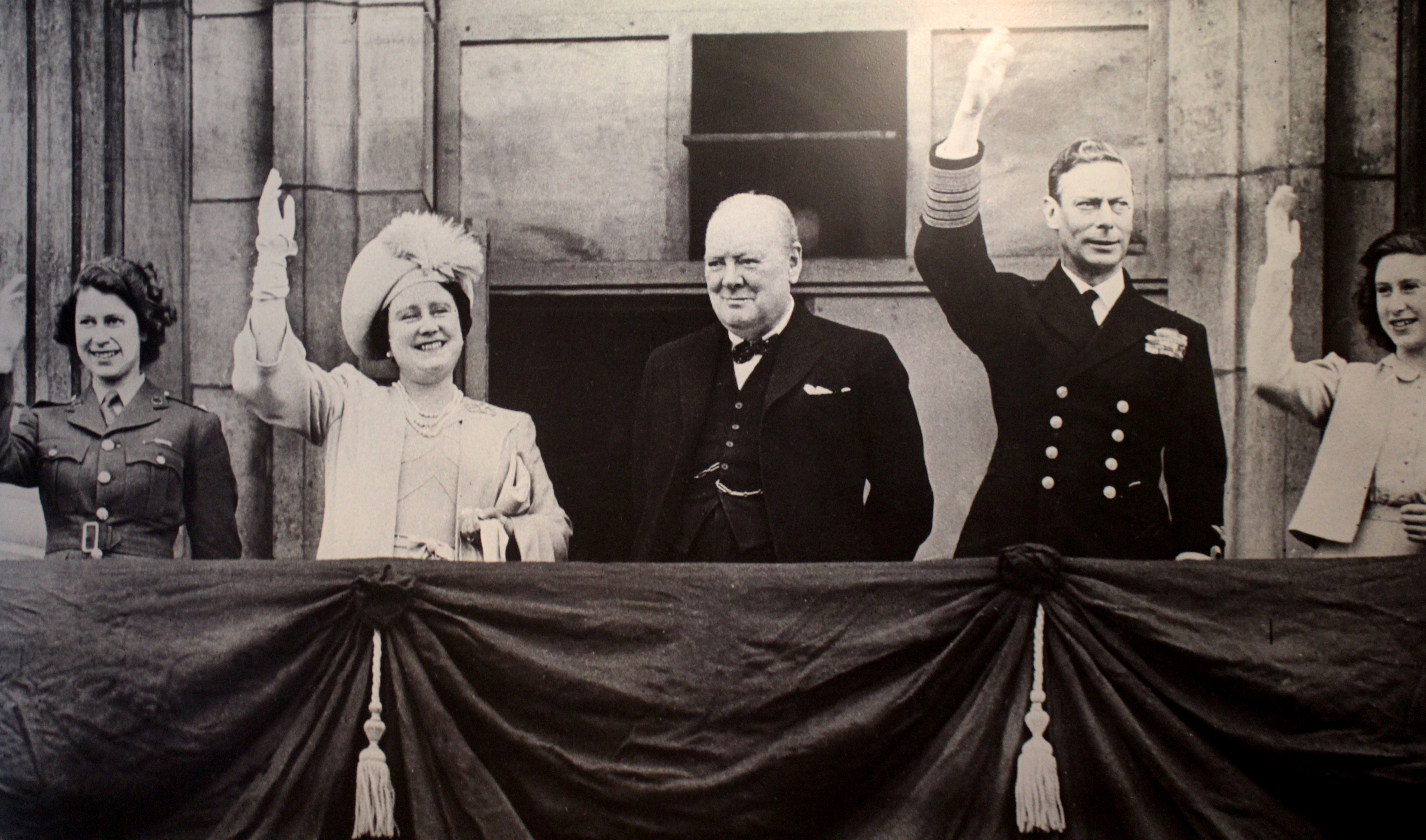Jersey War Tunnels
Hohlgangsanlage 8 (also known as the German Underground Hospital or the Jersey War Tunnels) was a partially completed underground hospital complex in St. Lawrence, Jersey, built by German occupying forces during the occupation of Jersey during World War II. After Hitler’s October 1941 order to fortify the Channel Islands, work began on a string of fortifications all around Jersey. Ho8 was intended to be a vast network of underground tunnels that would allow the German occupying infantry to withstand Allied air raids and bombardment. Over 1 km of tunnels were completed. After the liberation of the Channel Islands, the complex was converted into a museum detailing the occupation and remains a visitor attraction.


One tunnel made 6,000 years ago as part of a Neolithic ritual site, the other made 65 years ago to protect the German war machine from allied bombardment. It took nearly three and a half years to build, with the work being carried out by forced and slave labourers who were brought to the Island from all over Europe. It was originally intended to be a barracks and ammunition store for the occupying forces. Many of the workers were Polish, French, Russian or Republican Spaniards. Conditions were terrible, although Russian and Ukrainians were treated the worst, with cases of malnutrition, death by exhaustion and disease among them becoming common.
In late 1943, with the threat of an Allied invasion of Europe becoming clear, Ho8 was to be converted into a casualty clearing station and emergency hospital. The tunnels were blasted out with gunpowder and handtools, and then covered with concrete. The hospital was dug into a slope, so that it would drain naturally and had 500 beds for patients.
Despite the huge preparations and fortifications made to the Channel Islands, none were ever utilised. The occupying forces in the Channel Islands surrendered on 9 May 1945 (one day after the rest of the German forces surrendered). Ho8 fell into disuse, with British soldiers and souvenir hunters stripping the tunnels of equipment.
The War Tunnels tell the compelling story of life in Jersey under occupation and feature a series of galleries looking at the diverse experiences of all those who live through it, whether Jersey, British or German
Source of pictures: www.jerseywartunnels.com
In 1940, news of the fall of France to German forces created a sudden crisis for Islanders, should they stay or go. Many men of military age had already left, and most of those whose families were not in Jersey felt the need to return to England. Others also decided it would be advisable to leave. Whole families had to rapidly prepare to walk away from house and home, leaving behind their happy life – and not imagining it would be for five long years.

“Queues for tickets stretched for long distances, and hurried arrangements for leaving were made. Choosing what to take was not easy, as only one suitcase each was allowed. We could only pack essential clothing, so my sister and I were dressed in extra layers of clothing, despite the warm weather. We were each allowed to choose just one book and one toy to take with us.”- Ann Bright (7 years old at the time)
In 1942, the German turned up at this time-crossing site and damaged it by digging an underground bunker, now transformed into a memorial dedicated to the thousands of men, women and children transported to the Channel Islands as forced workers during the second world war.
Memories inscribed on plaques are chilling: “I have never forgotten the sound that came out of the huts. When people are starving, the pitch of their voices rises. The sound was like lots of birds in an aviary.”




